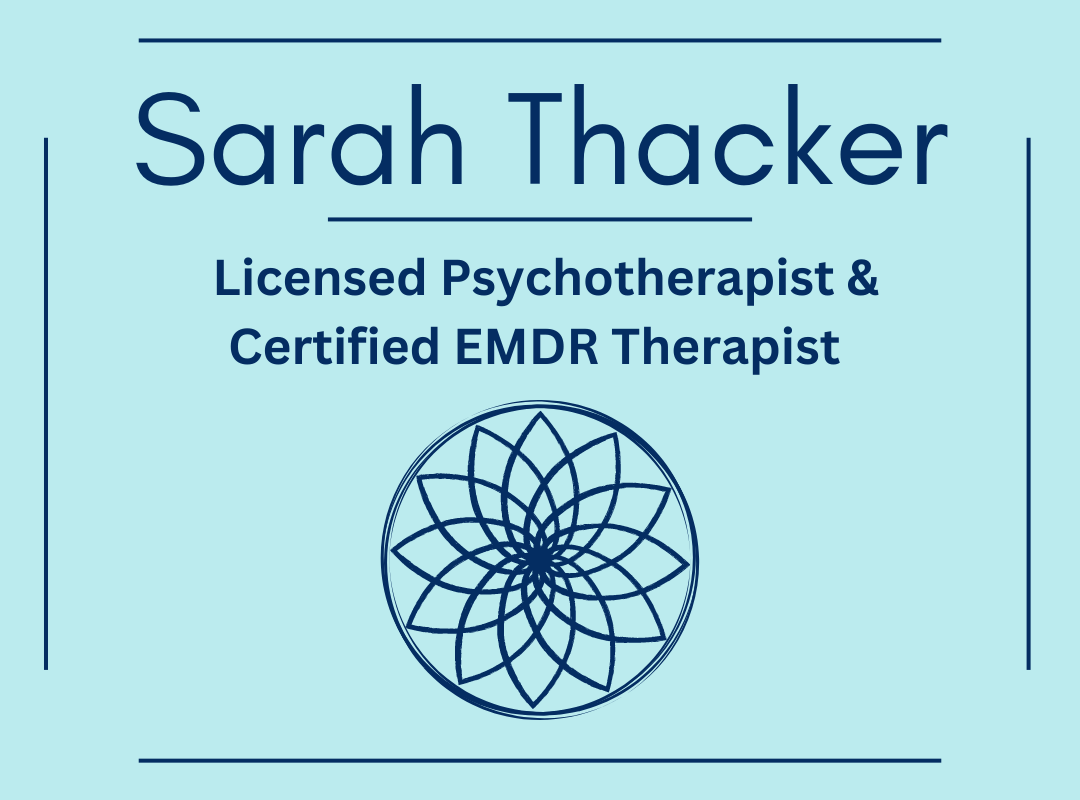When you hear the word yoga, what comes to mind? For many people it’s a picture of a very flexible person doing something super bendy, but very unapproachable for most bodies. When I took my first yoga class, I was intimidated but interested. I took a pretty strait forward class that moved from static posture to static posture concentrating on form, alignment, and awareness of both my body and breath in a way that I never had before. As someone who tends towards anxiety and who carries a lot of tension in my body, it had a huge impact on me. I felt different in a way I couldn’t specifically explain—and wasn’t just a physical shift, but a mental and emotional shift as well.
When I set out to become a yoga teacher in training, the very first class was all about the philosophy of yoga. When my teacher said that the yoga postures are only one small slice of what yoga is all about, my head nearly exploded! He then went on to say that the whole purpose of the yoga postures are so that we can sit and meditate comfortably. He said that the postures are a part of the yogic process so that they can assist in our ability to meditate by allowing our body to be less of a distraction to going inward, and at this, my head did explode—in the best possible way. I saw something I’d looked at in only one way from a whole new perspective, and this new perspective changed my life.
Yoga philosophy is non-dogmatic. It is not based on any religion and does not require any beliefs. It is a series of ways to grow your self-awareness from all angles so that you can fully know yourself and express your true self in an accepting, peaceful, and compassionate way. Yoga philosophy has nothing to do with what to do, but with how to be. There are 8-limbs of yoga, and the postures are only one of those limbs. Each limb builds on one another so that full self-awareness and self-actualization can occur.
When you struggle with emotional eating, you are moving further away from yourself, you are entering a form of self-abandonment and escape. Applying yoga philosophy to healing emotional eating can be an absolutely transformative way to heal. Yoga philosophy allows a way to create ease with emotions, full self-acceptance and self-compassion, and a way to be calm, grounded, and at peace internally—no matter what.
The first two limbs of yoga offer concepts of how to be with yourself, others, and within the world. They are intended to be a guide to how to feel most connected to our true nature and include concepts such as non-harming, truthfulness, non-stealing/craving, moderation, and non-possessiveness. They also consider concepts such as purity, contentment, consistency in practices, self-study, and surrender. The third limb is about using physical postures to build both strength and flexibility in your body so that you can feel comfortable and at ease physically. This limb relating to your physical body is also about embodiment and creating a healthy relationship with your body. The forth limb is about harnessing the power of your breath for mental, physical, and emotional fortitude. The fifth limb is about releasing the five senses and becoming deeply relaxed. The sixth and seventh limbs are about creating mental concentration and moving into a deeper state of meditation. The eighth limb is a culmination of all of the benefits of the first seven limbs into transcendence.
So how do these yogic concepts help with healing emotional eating? This process offers a way to be with yourself that is exploratory, curious, compassionate, and growth-focused. When integrating these concepts you become more grounded, accepting, comfortable, curious, and self-aware. Very often the part of yourself that desires to numb out or avoid discomfort through food is afraid of what will happen if you feel these uncomfortable feelings, or change your internal and behavioral patterns. This part of you is actually functioning as a protection from pain, discomfort, or suffering that it does not want you to have to handle, and is worried you possibly couldn’t handle without the old coping strategy of emotional eating. Through the yogic process, you become more curious about, and comfortable with your feelings, your experiences, and your body. Through exploring emotional eating through the lens of yoga philosophy, your mood becomes less of the driver of how to be, and more of a guide to what you need. If this all seems a little out there, I get it. I hope you will approach these concepts at least with curiosity and an open mind. However, if I’ve piqued your interest, which I hope I have, I will be outlining the process in the next few blog posts to break down each of the 8-limbs of yoga, and how to apply them with how to be with yourself, your body, your nervous system, your mind, as well as with food.




